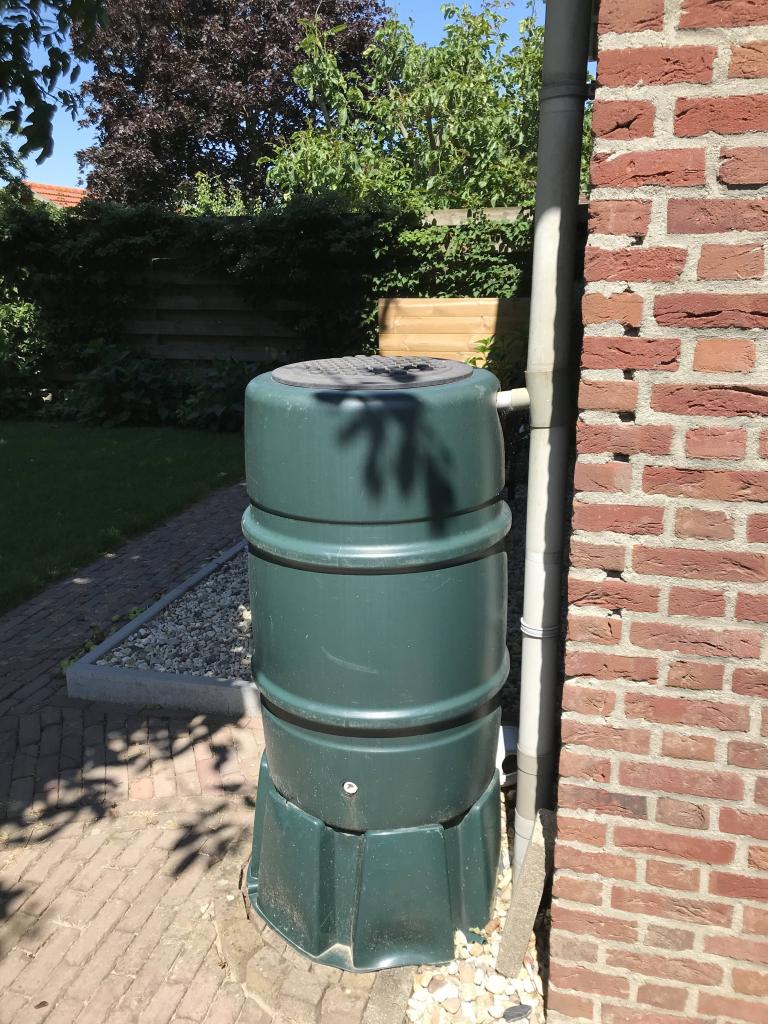Disconnecting stormwater runoff
Climate change is causing increasingly heavy rainfall. Because of these heavy rainstorms, there is also a greater chance of flooding. This may call for measures to better protect your home from flooding. One such measure is to disconnect the rainwater runoff from the sewer system and collect the rainwater in the garden.
What does rainwater harvesting involve in your garden?
Flooding occurs not only because of extreme rainfall but also because of increased construction and paving in gardens. The sewer system has to deal with larger amounts of rainwater due to these buildings and paving. The sewer cannot handle these larger amounts of rainwater properly, causing streets and gardens to flood. As a result, water can enter homes through drains and toilets via the sewer system. Disconnecting the rainwater runoff from the sewer system and collecting the rainwater in your garden can offer a solution. For example, you can collect the rainwater in a rain barrel or in infiltration crates. You can also replace the paving in your garden with greenery such as grass, plants and trees. The rainwater can then be drained naturally through the soil.
Cost
From your municipality you can get advice and a subsidy to carry out measures against flooding. Whether you get advice and subsidies, and how much subsidy, depends on the municipality where you live. This can be found on your municipality's website.
Space use
This measure makes sense if water flows into your home through the sewer or toilet.
What do you need.
To disconnect stormwater runoff, you need handyman experience or a contractor. For creating a new garden with more greenery and infiltration crates, you can hire a landscaper. If you have experience working in the garden yourself, a landscaper is not necessary.

